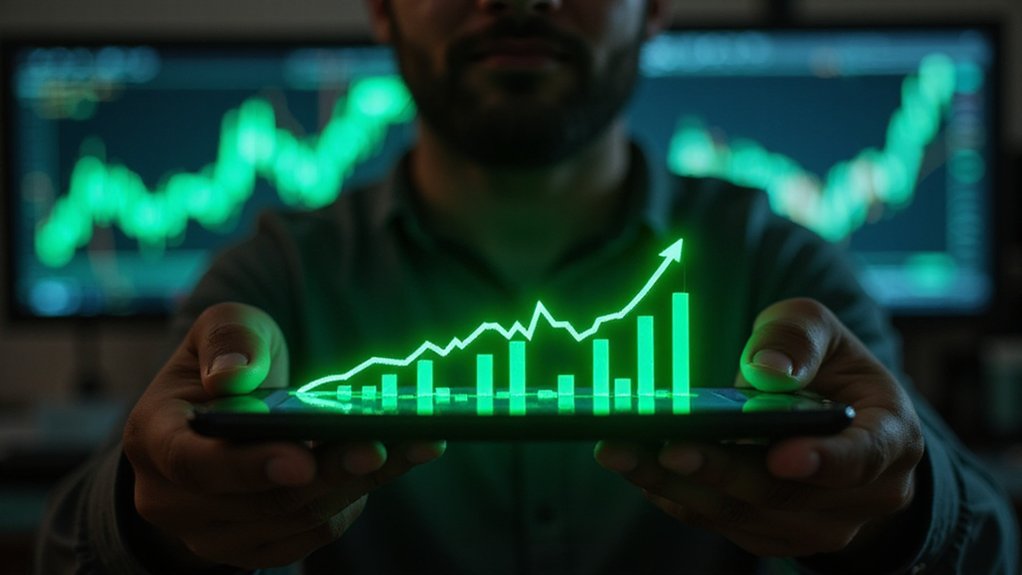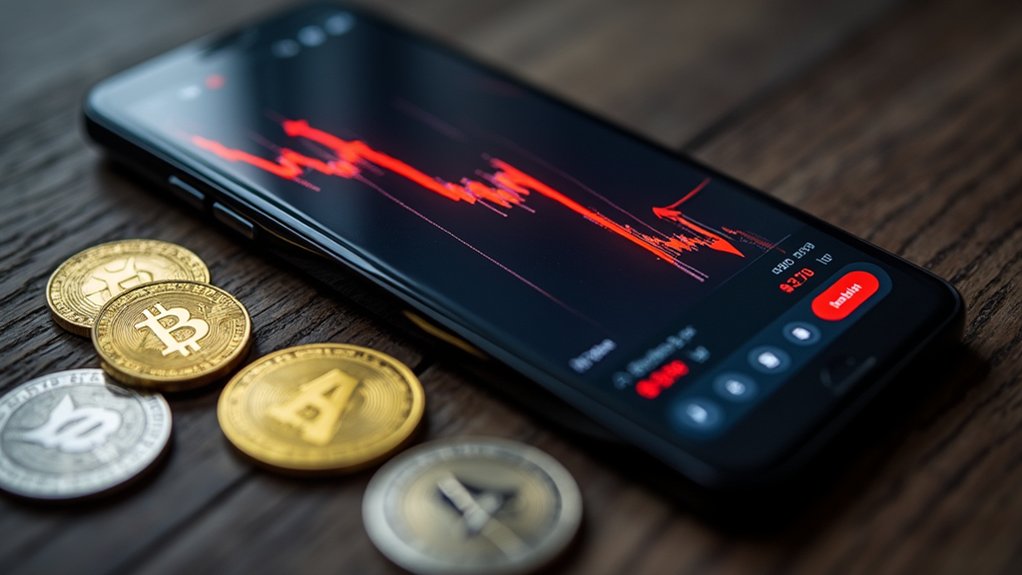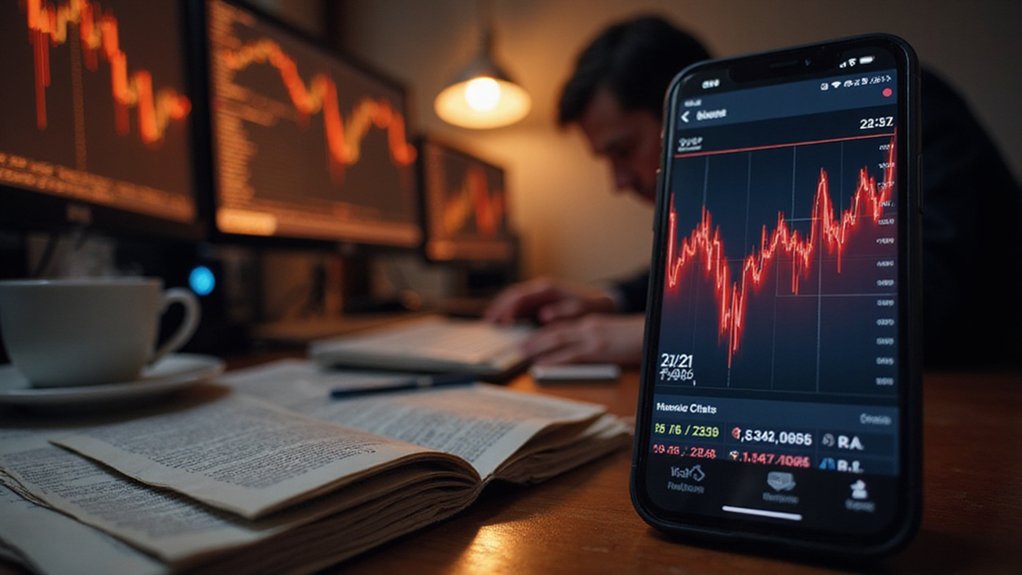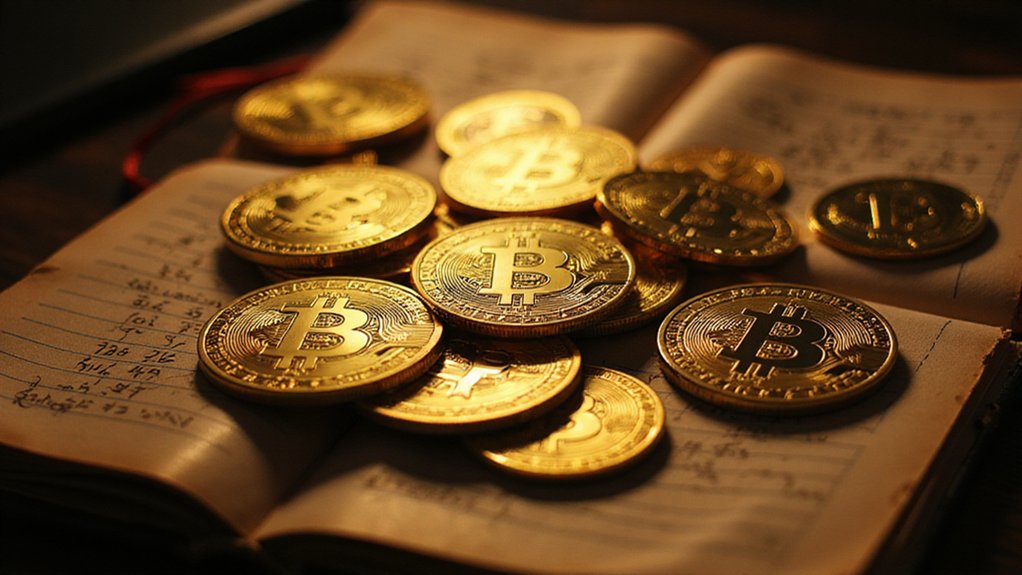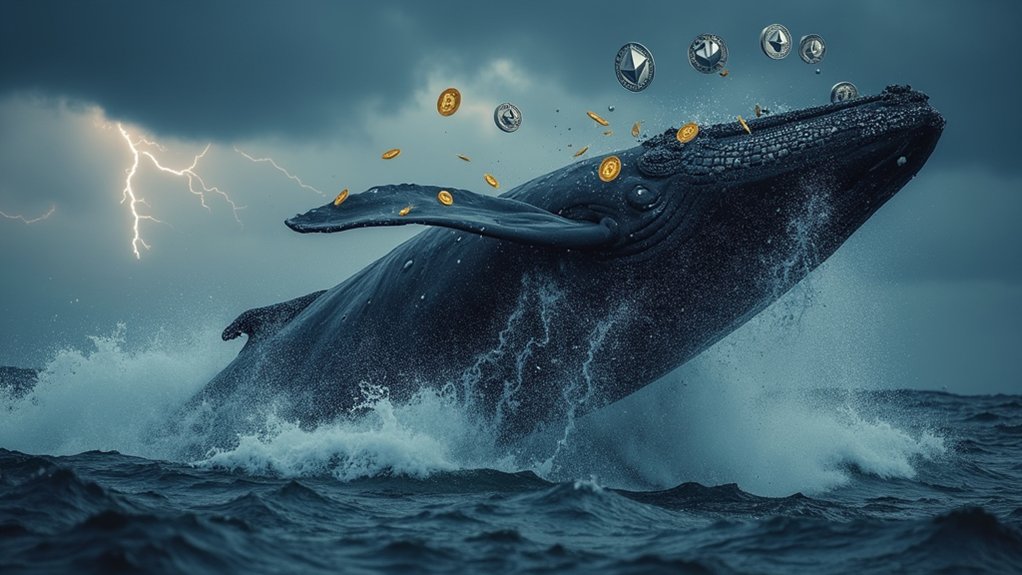While most traditional investors were still questioning whether the broader cryptocurrency market had found its footing, the memecoin sector delivered an emphatic answer by surging to a $72 billion market cap—a remarkable 29% leap from June’s $55 billion valuation that effectively added nearly $17 billion in token valuations over three weeks.
The numbers tell a story of speculative fervor that would make even seasoned risk-takers pause: 24-hour trading volumes exceeded $18 billion, marking what analysts describe as a significant peak driven by fresh retail interest and the peculiar alchemy of social media hype meeting actual capital deployment.
Individual performers painted a portrait of volatility that defies conventional market wisdom. Bonk (BONK) experienced a staggering 72% gain, while Floki (FLOKI) posted increases ranging from 23% to 45%, depending on the measurement window. Pudgy Penguins (PENGU) surged approximately 58%, creating a stark contrast to its earlier 8% decline—a reminder that memecoin trajectories can pivot faster than investor sentiment. Both BONK and PENGU notably joined the exclusive trillion-token market cap club during this surge.
Even the sector’s established veterans participated in the rally, though with characteristic restraint. Dogecoin (DOGE), Shiba Inu (SHIB), and Pepe (PEPE) registered more modest gains between 3% and 7%, perhaps reflecting the market’s preference for newer, more volatile offerings over legacy meme assets. This behavior aligns with the characteristic extreme price volatility that meme coins are known for, as their performance often stems from emotional decision-making rather than rational analysis.
The surge coincided with—and likely benefited from—foundational cryptocurrency rallies, particularly Ethereum’s 22% July performance and Solana’s concurrent strength. These movements created a liquidity cascade that flowed into higher-risk assets, with Solana’s LetsBonk launchpad specifically catalyzing Bonk’s exceptional performance.
Market observers noted that the memecoin sector’s ascent to $72 billion represents a recovery to levels not witnessed since May 2025, suggesting either a return of “meme coin season” or simply another chapter in cryptocurrency’s ongoing experiment with speculative excess.
The phenomenon underscores memecoins’ high-beta characteristics—their tendency to amplify broader market movements through concentrated bursts of trading activity.
Whether this represents genuine market recovery or merely speculative froth remains the quintessential question for investors maneuvering assets where fundamental analysis meets internet culture, creating valuations that exist somewhere between mathematical possibility and collective digital fever dream.
